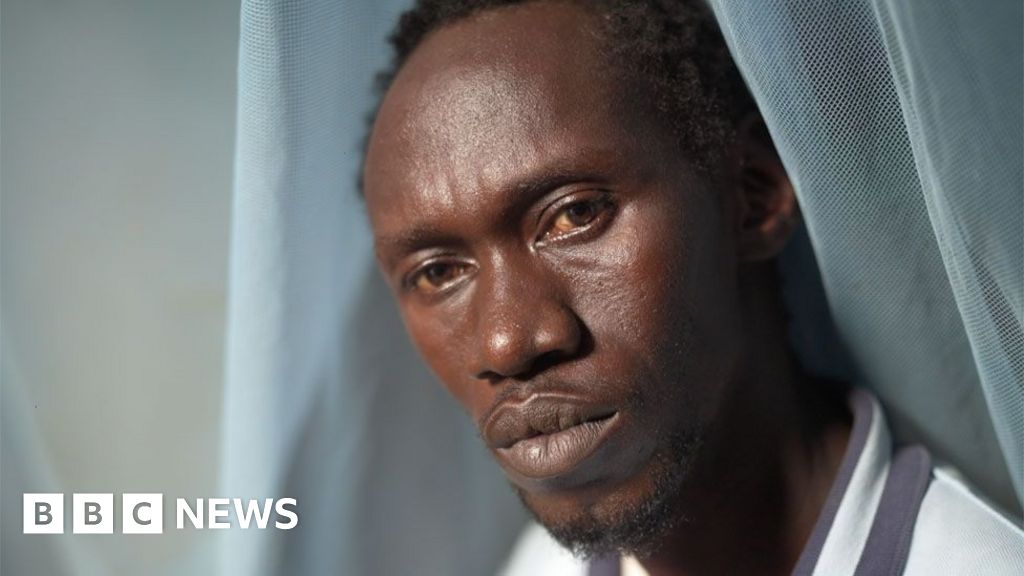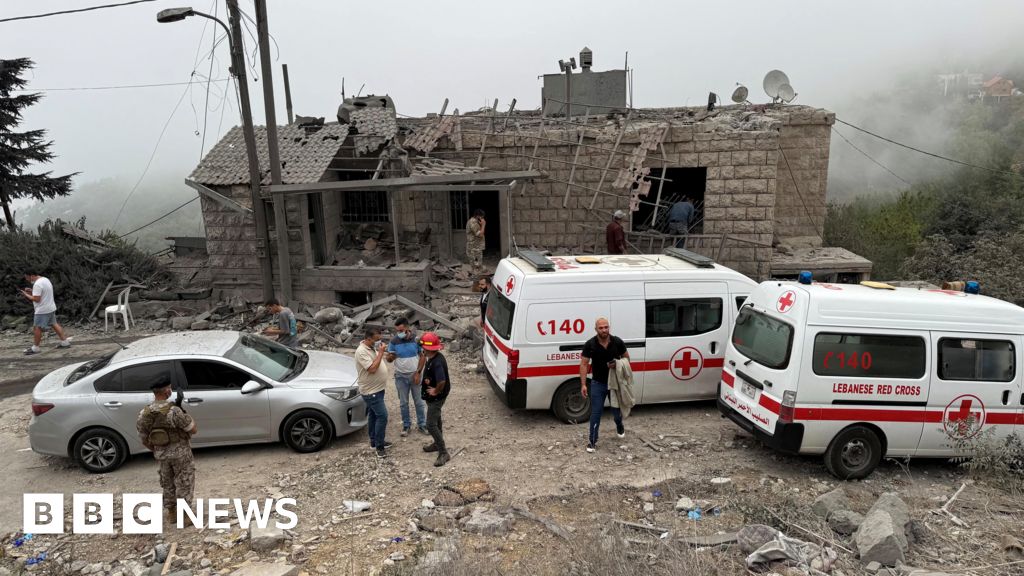Place your adverts here on InfoDig @ low rates; banner ads, sponsored links and guest articles etc. Contact us
The Nigerian naira has plummeted to a new record low, closing at N1,700 per dollar in the parallel market on October 14, 2024, according to data from Bureau de Change (BDC) operators.
This represents a 0.29% drop from its previous rate of N1,695/$1 recorded on October 11, despite a surge in crude oil prices, which have surpassed $80 per barrel.
While the naira weakened in the parallel market, it remained relatively stable in the Investors and Exporters (I&E) window, closing at N1,641.27/$1. However, this still marks a 1.14% depreciation from its previous rate of N1,622.57/$1.
The widening gap between the official and parallel market rates continues to reflect the broader economic pressures on Nigeria’s foreign exchange system.
Market Trends
The naira has faced sustained depreciation throughout 2024, losing over 50% of its value since the start of the year. Back in January, the currency traded at N907.11/$1, but by October, it had breached the N1,500/$1 mark. The naira reached a record low of N1,616.53/$1 in February before a brief rally in March saw it recover to N1,303/$1.
By early April, the currency had slipped below N1,100/$1, continuing its downward trajectory. It closed at N1,668.97/$1 by the end of September, and its recent drop into the N1,700 range marks the naira’s weakest level to date.
Key data points
- On October 14, 2024, the naira opened at N1,695 per dollar in the parallel market but slipped to N1,700/$1, marking a 0.29% decline.
- In the I&E window, the currency closed at N1,641.27/$1 on October 11, down by 1.15% from the previous day’s rate of N1,622.57/$1.
- During trading in the I&E window, the naira saw significant volatility, reaching a high of N1,675.00/$1 and a low of N1,591.00/$1, before settling at N1,641.27/$1.
- Trading volumes surged significantly in the I&E window, reaching $616.73 million, compared to just $145.56 million the previous day, indicating increased activity and dollar demand.
Key factors at play
Nigeria’s exchange rate crisis is being driven by several macroeconomic factors. Despite higher global oil prices, which typically bolster foreign exchange inflows for oil-dependent economies like Nigeria, the naira continues to weaken. The persistent pressure on the currency is likely being exacerbated by dollar shortages, inflation, and a reliance on the parallel market for foreign exchange.
Notably, Nigerian crude is still trading above $80 per barrel, despite concerns over weaker energy demand from China. Meanwhile, James Tor, National Secretary of the Independent Petroleum Marketers Association of Nigeria (IPMAN), has suggested that petrol prices could decline.
This follows the federal government’s decision to allow marketers to purchase fuel directly from the Dangote refinery and other suppliers, which may reduce import dependency.
What to expect
Despite the naira’s recent breach of the N1,700/$1 threshold, there is potential for a short-term recovery. Rising global oil prices, now above $81 per barrel, may help ease some of the inflationary pressures plaguing the economy, fostering a more positive sentiment around the naira.
Additionally, new economic policies designed to curb demand for foreign exchange could offer further support for the currency, allowing it to return to the N1,600/$1 range in the coming days. However, the overall trajectory of the naira will remain closely tied to the broader macroeconomic environment, including inflationary trends and foreign currency supply.
As Nigeria navigates through these challenges, the effectiveness of policy responses will be crucial in determining whether the naira can stabilize or if further depreciation is on the horizon.










)
)



 English (US) ·
English (US) ·